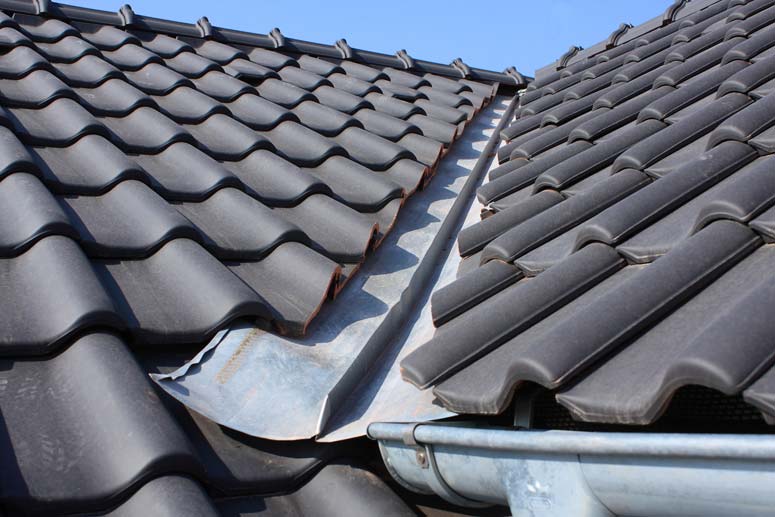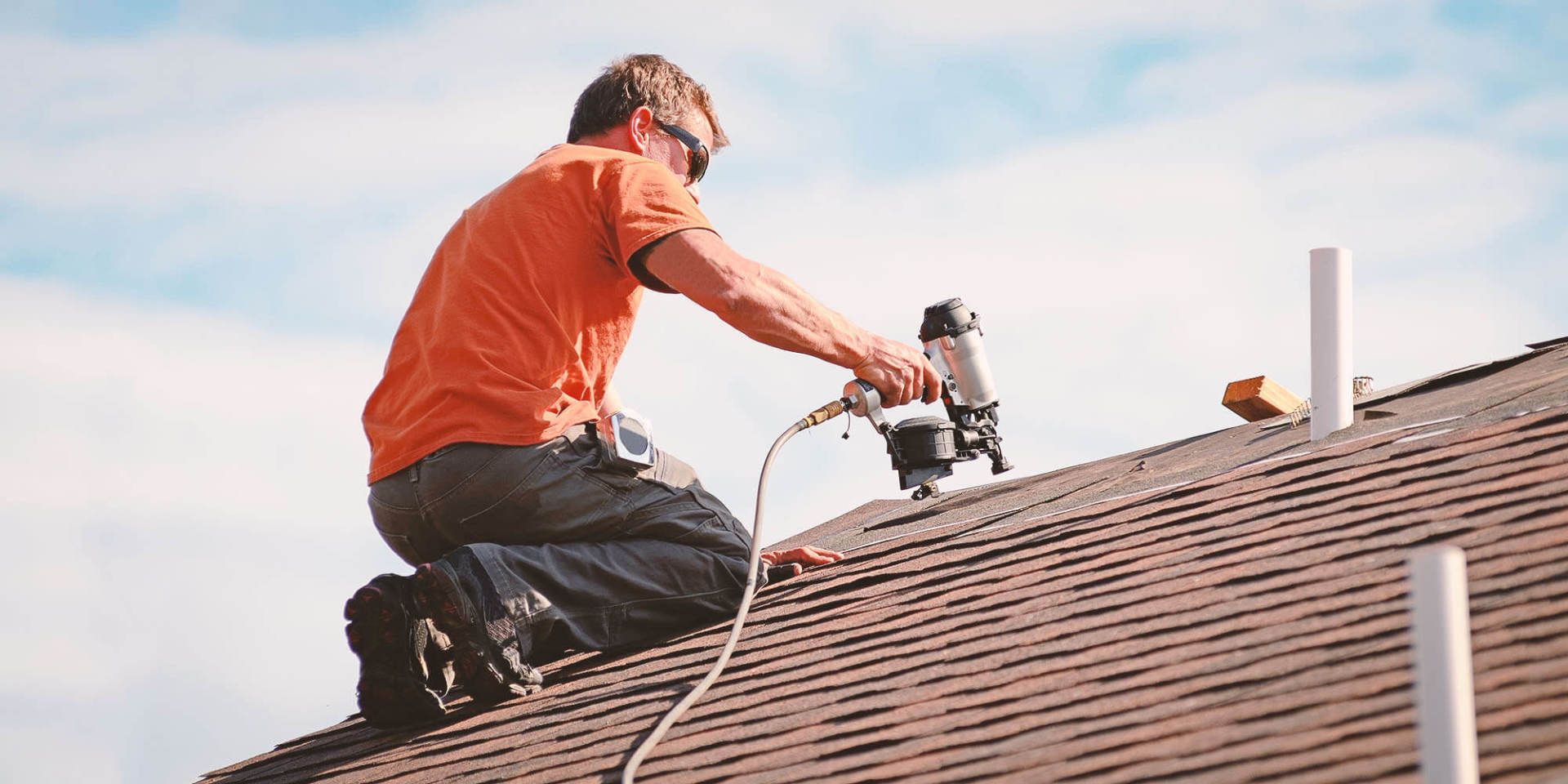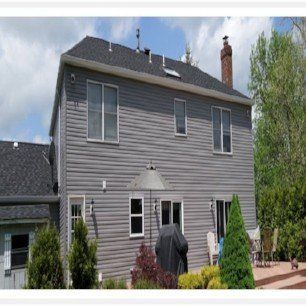Flashing Blog
Flashing: The key component of waterproofing

The underlayment and shingles on your roof are very important components, but without properly installed flashing, that new roof won’t do you any good. Flashing is often missed or often overlooked as it is not noticeable in areas such as chimneys, wall flashing, and drip edge at the gutter line.
What is the purpose of flashing?
Have you noticed any leaks around your chimney or vent? It may be because the flashing was not installed correctly or not sufficient. We want to make sure at this time of year that your roof is protected to avoid any moisture from coming in.
The main purpose of flashing is to protect your home from moisture. It extends below your roofing and adjacent to siding to create a solid, weatherproof seal on your home from the elements. It is also much more durable and lasts longer than sealing and caulking around the spaces. Before sheet products were available, builders had to use creative methods to minimize water penetrations. These methods included angling roof shingles away from the joint, installing chimneys at the ridge, and building steps off to the sides of chimneys to divert water.
Furthermore, it’s less susceptible to temperature variations. If other components of the roof shift slightly, due to expansion, the flashing will still be able to act as a barrier from the elements. If you have any concerns or thoughts that you could be having leaks give us a call for a free consultation!
Appealing to the Eye
Flashing adds a clean, finished look to your roof. There are parts of roofs and exterior walls that are more susceptible to leaks and water damage such as valleys or where opposing roofs meet. It is usually installed around structures that intersect with the roofline such as chimneys, dormers, vents, and skylights. Flashing comes in a variety of materials to accommodate the desired look of the homeowner and the needs of their roofs. Some of the materials used include galvanized steel, aluminum, and copper. The most common type of flashing is aluminum as it is cost effective, durable, and weather resistant.
The Various Types of Flashing
Step flashing- This is a piece of aluminum that is installed where shingles meet any wall or projection. Each section is worked into a course of shingles overlapping the section below. The edge is then tucked under siding or capped by counter flashing.
Counter flashing- Piece of metal that is installed to the masonry wall to divert water from running down onto the roof surface.
Continuous flashing – This will protect the joints between a vertical wall and a sloped roof.
Drip Edge – Installed at the roof edge allowing water to run-off and drip clear of underlying surface (plywood, soffit, and attic).










